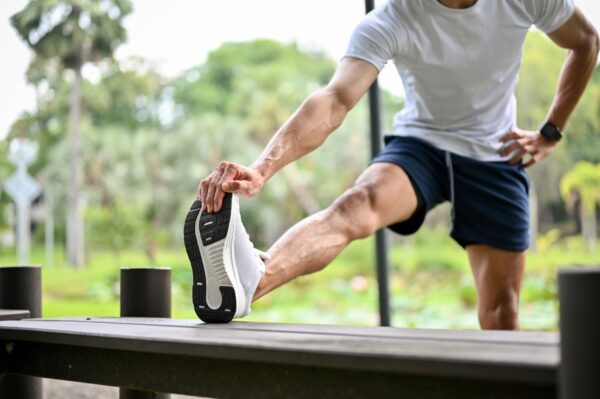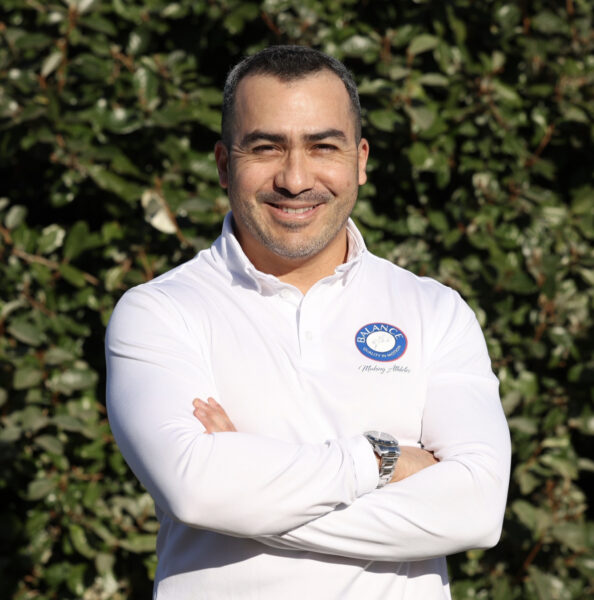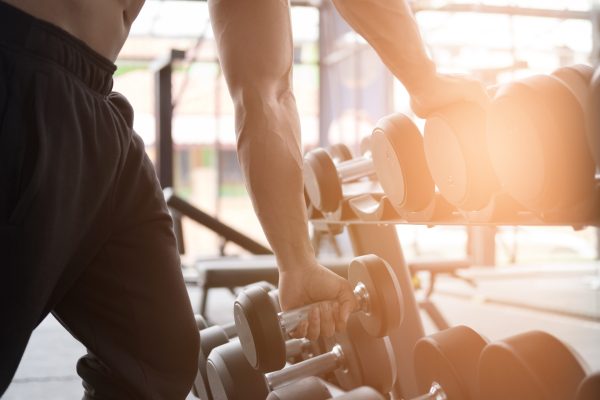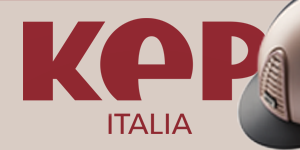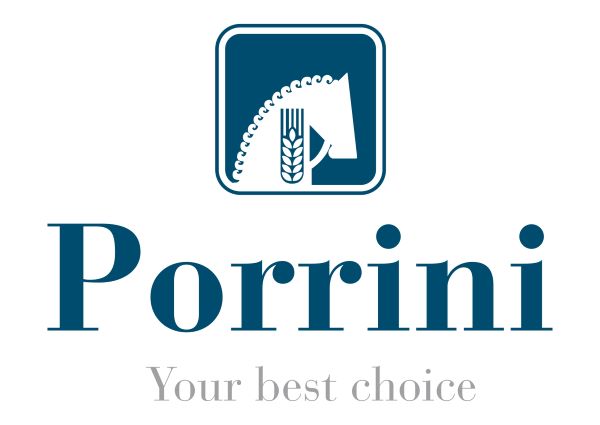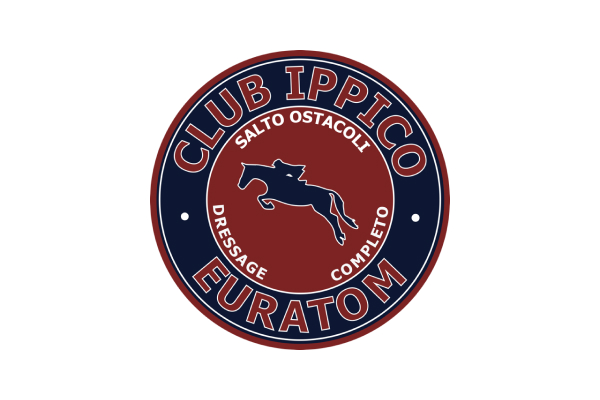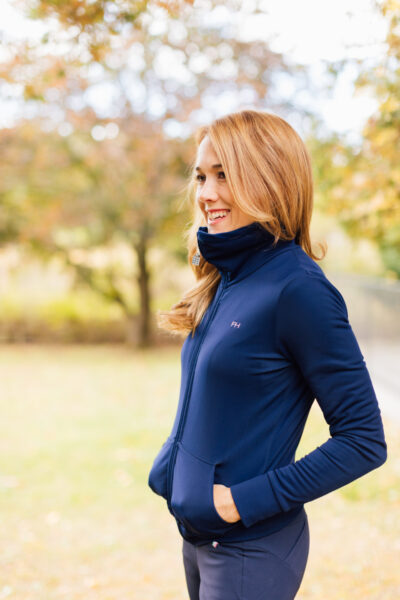
Pilates For Equestrians: The Pilates Bridge
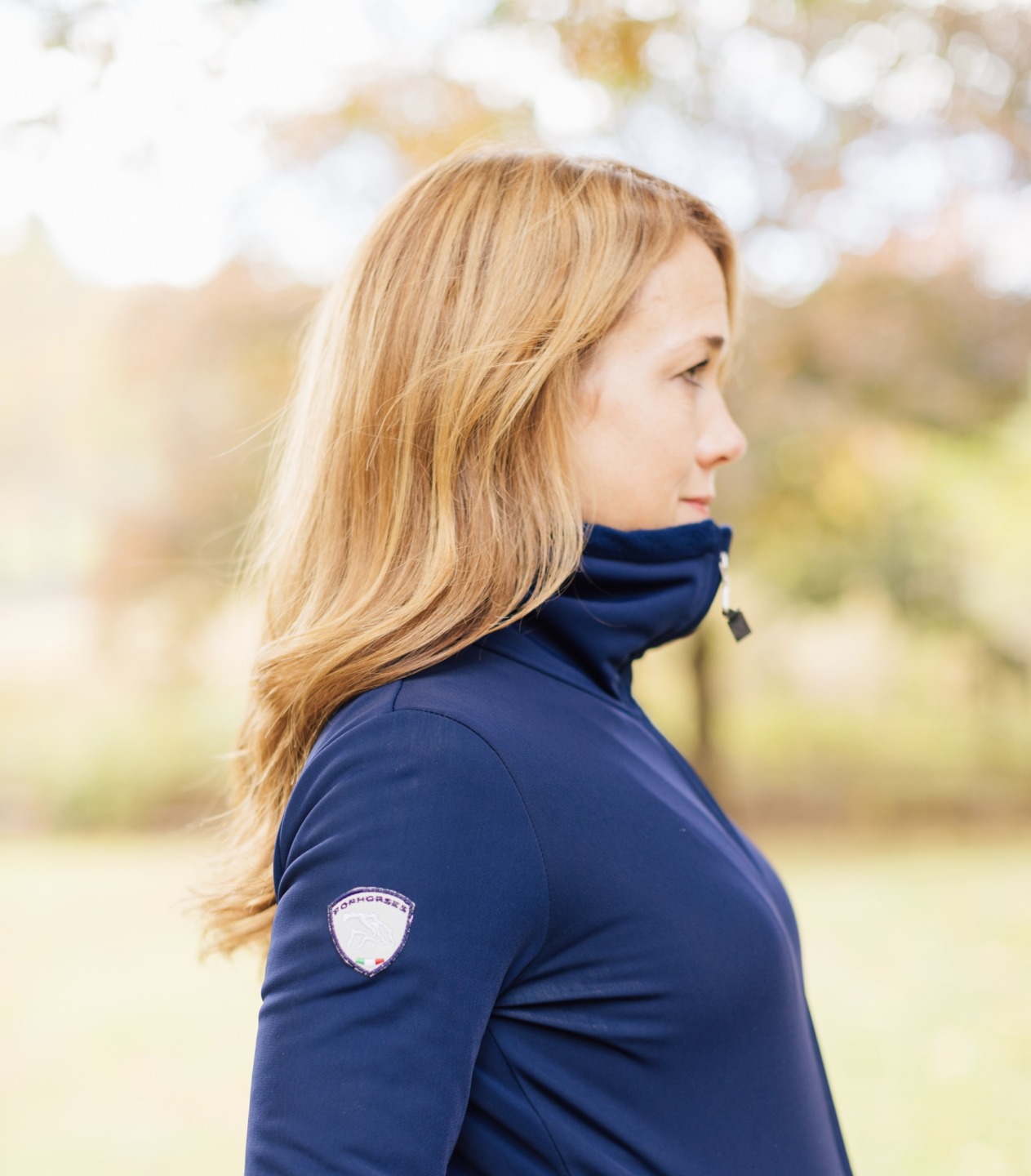
There are many, multifacted benefits of Pilates bridge exercise, and there are many variations of this exercise to keep you challenged! Bridging strengthens your glutes, hamstrings, and core muscles—for improved stability in the saddle. While it simultaneously mobilizes the spine and stretches the hip flexors—for greater suppleness in the saddle and an improved seat.
Bridging strengthens your glutes, hamstrings, and core
If you had weak glutes, hamstrings, and cores, jumping on your horse would take quite a toll on your low back. Even if these areas of your body are strong, if you jump your horse often enough, you may find yourself with a sore low back at times. For some people, that may mean jumping more than a few times a week—and for others it may mean more than a few times a day. The stronger the glutes, hamstrings, and deep core muscles, the less strain on your low back. These areas act to absorb the shock and take the pressure of your lumbar spine.
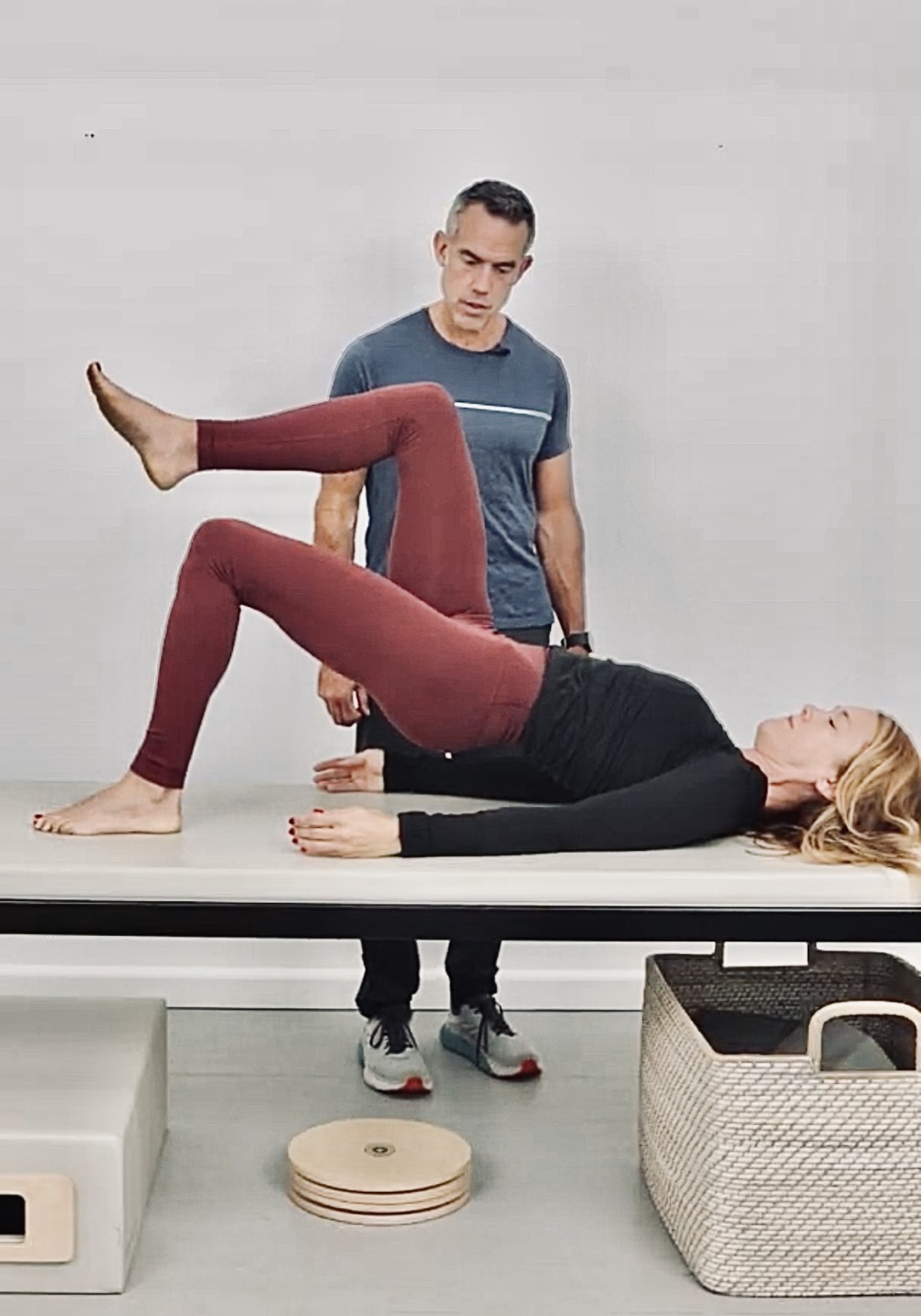
An added benefit of strong glutes, hamstrings, and core is that when your horse takes a misstep, you can use these muscles to restore balance and re-center yourself in the saddle. In the hunter/jumper ring especially, when the rider is so often out of the tack, it is the key to stability. And, it is far better than pulling on the reins and you horse’s mouth while using the hands to regain balance!
Bridging mobilizes the spine and stretching the hip flexors
Interestingly, when in the cantor, the rider’s pelvis moves back and forth from a neutral position to a posterior tilt. This is also the position of the pelvis in Pilates bridging exercises. Practicing this movement will help the rider assess and access the required back and hip suppleness needed to achieve a following seat and move smoothly on the horse’s back. When a rider is tight in either of these areas, they will generally lack fluidity on the horse, and may even bounce or come into a hollow back position. In terms of the pelvis, hips, and low back, the benefits gained from bridging are similar to what you’d get sitting the trot without stirrups.
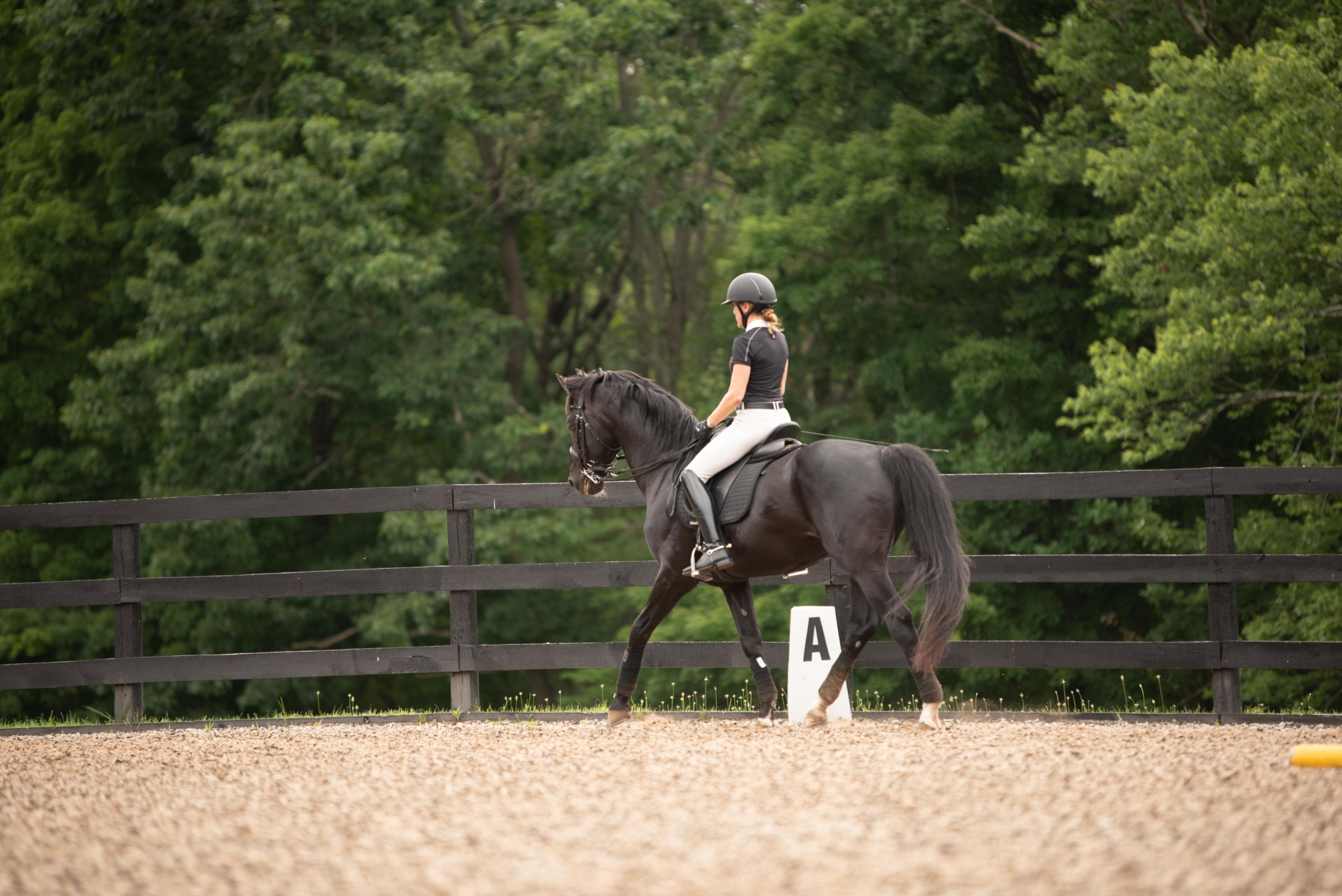
The good news: you can bridge almost anywhere! No horse or saddle required
- Simply lie on your back on a yoga mat or wherever is comfortable
- Tuck your pelvis under slightly and close up the space between your low back and the mat
- Roll up on to your shoulder blades as you lift your hips up
- Stay in this position for 3 seconds
- Melt behind you heart and slowly lower down one vertebra at a time back to the starting position
- Repeat this 6-8 times
- Then try a bridge variation
- Variation shown in this video:
- Lift one leg to tabletop as you raise the hips into the bridge position
- Melt behind you heart and slowly lower down one vertebra at a time back to the starting position
- Lift the opposite leg to tabletop as you raise the hips into the bridge position
- Repeat 6-8 times
For more information: contact Megan Smith Ray and visit the website www.pilates4equestrian.com
Other articles
Read the article “Unveiling the Synergy: Pilates and Equestrian Mastery“
© Rights Reserved.
Contenuto sponsorizzato.




